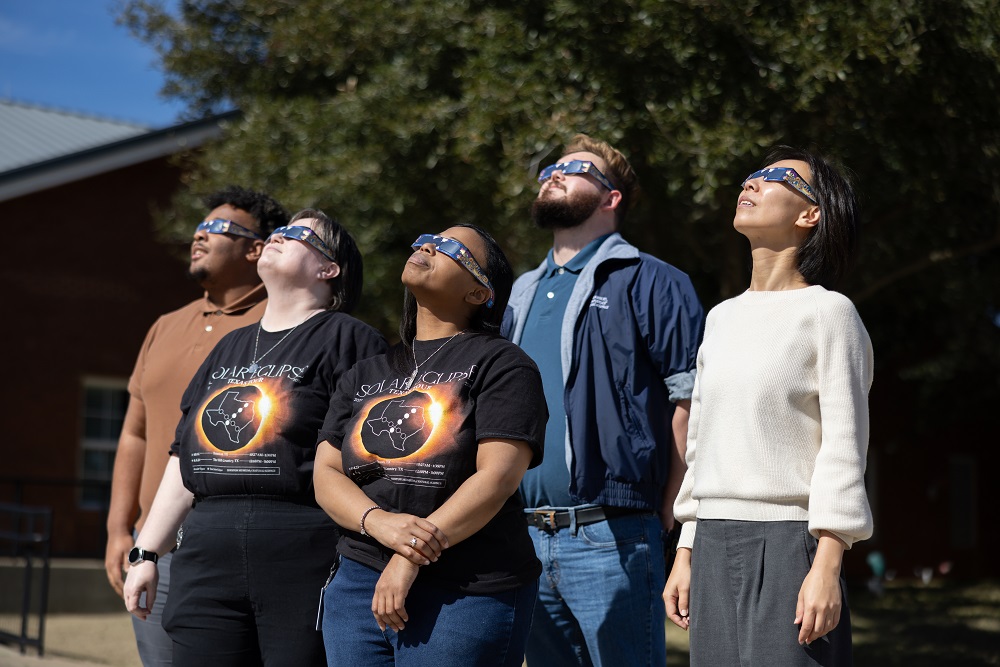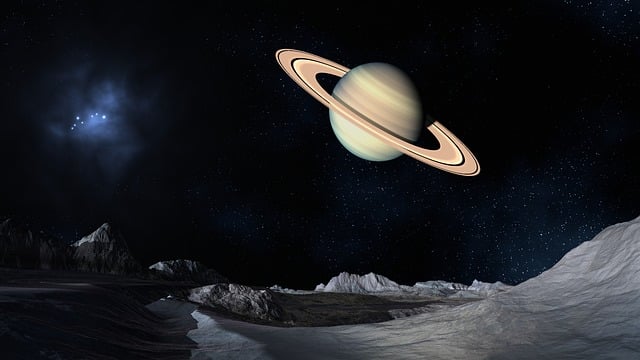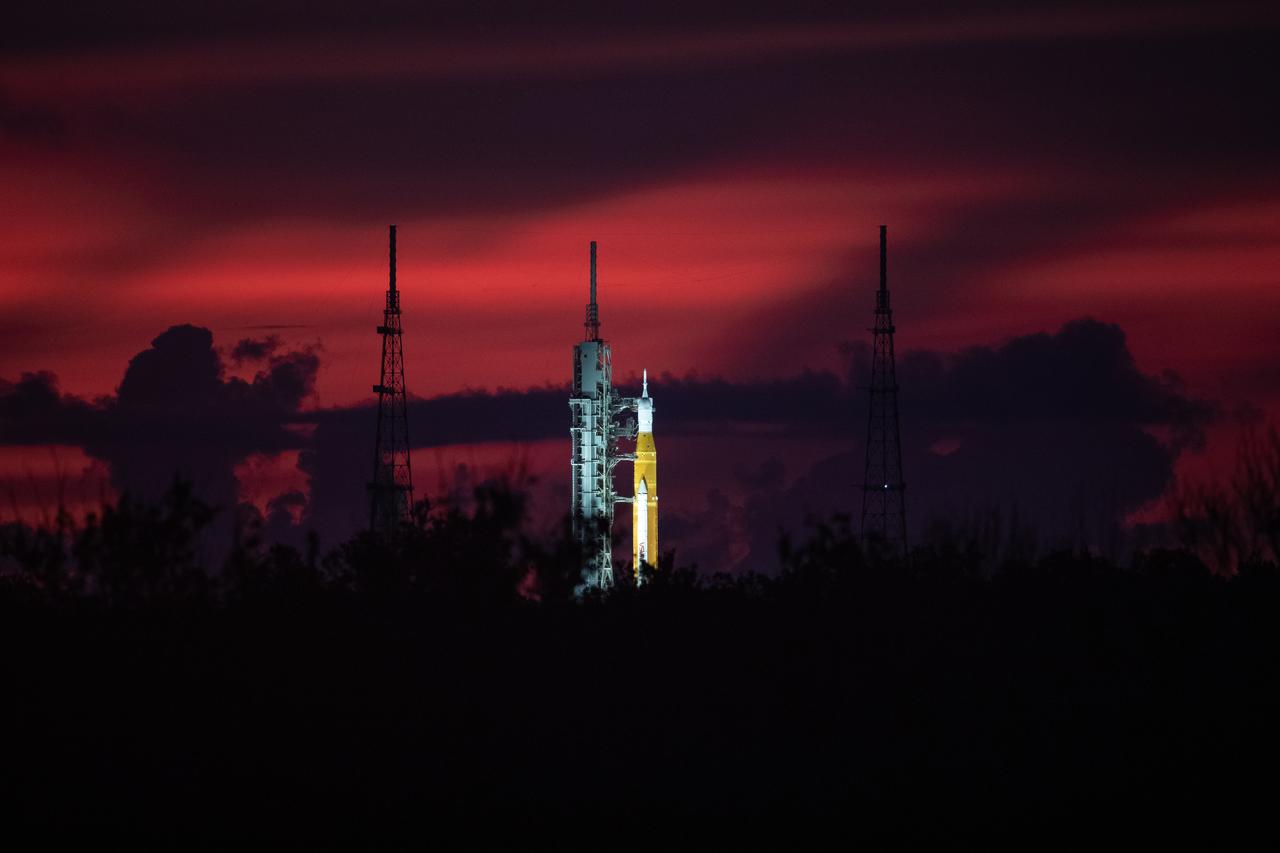The Moon has captured man’s imagination from the beginning. Unlike the Sun, it is easy to gaze upon, and unlike the stars and wandering stars, it appears close. Despite classical Greek philosophy, it turned out to be our nearest celestial neighbor.
The Moon is a powerful symbol. But did you know it’s a place from which we could get power?

Courtesy of Texas A&M Engineering Works
When typing in “moon power” on Google, you get a lot of very interesting and silly responses. For example one of the top results is the Tumblr page for the Sailor Moon franchise. And while it’s exciting to have celestially-powered superwomen, I don’t think we’ll get much usable power out of them.
Thankfully, we’ve been able to use the Moon to generate electricity since 1966. That sounds very much like something of a science fiction plot, but it’s science fact that we’ve harnessed the gravitational effect of the Moon — or, as you might have heard of it, we use the movement of the tides through a turbine to create electricity.
In 1966, the first (and largest) tidal generation station opened in France on the Rance River. It’s still in operation today and produces about 540 gigawatts annually. There are only seven operational tidal power stations in the world, and none in the United States. Tidal power stations, much like dams, have the power to significantly alter the ecology of their area.
But when most people think of “moon power,” they think of actually being on the Moon. The Moon does have a couple of different great energy-rich resources. One of those resources is Helium 3. Helium 3 is an isotope of Helium, meaning that it has more neutrons than regular Helium. While Helium 3 is inert when buried in the regolith, it could be a great fuel for a fusion reactor.
Slam two molecules of Helium 3 together and you get a proton, Helium 4 (what we find on Earth). You can use that escaping proton to generate electricity. And it’s not radioactive. There’s enough on the Moon to give over a century worth of power.
However, there are two large challenges. The first challenge is creating a fusion reactor that can use the fuel, use it for sustained periods, and produce more energy than it uses. The second challenge is creating the infrastructure to mine the Moon. No one’s been there in over 40 years, and only a handful of robotic probes have been sent there. So it’s been a while since we’ve been up there or tried to bring some of the moon back.
We could build a moon base, station people there to mine the moon, and send back the Helium 3. We could create a totally automatic system to do it — but how long would it take to put either system in place? Decades, at the very least. And why would you start on a mining operation before you have a need for what you mine?
The Moon’s other great resource is sunlight. That seems an odd thing to say, but the whole reason we notice it in the first place is the sunlight it reflects on us. Unencumbered by atmosphere or people, it would be a wonderful place to put a large-scale solar power generation plant. We know massive amounts of sunlight would hit the panels without being filtered by the atmosphere.
However, the challenges are about the same as the fusion. There is nothing up there. It would be a massive undertaking to build and transport enough panels that distance.
There is technology — in its infancy — that could take care of that problem: 3D printing. Have a 3D printer on wheels land on the moon and get to work. In time, the massive solar array will be built. All the materials are there; we simply need to add direction, much as a conductor adds direction to an orchestra.
And after we have this solar ensemble built, we need to figure out how to get the power safety back home. It would take a huge power cord to run from the Moon to Earth, so we’ll probably try to avoid that option. If we could safely beam it back to power stations across the world, safe, cheap, and clean electricity could be had. Or it could be used as a death ray against those who haven’t paid their bills on time. Before we turn it on, we’ll have to work out how to use it.
That great eye catcher in the night sky is full of temptation. She has given us a taste of her power and has shown that she has more for the taking. If we are smart enough and devoted enough to get to her, she could provide the bounties of the heavens. But for now, she sits just out of reach.






